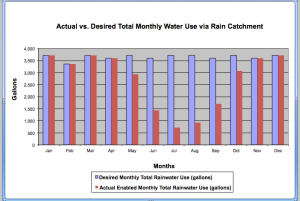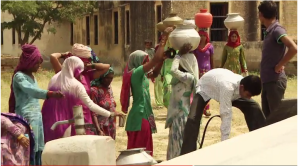 Bhagwati Agrawal has been named a 2015 Top 10 CNN Hero. Voting for CNN Hero of the Year takes place through Sunday, November 15. All of this year’s Top 10 CNN Heroes will be honored during, “CNN Heroes: An All-Star Tribute,” Sunday, December 6, on the global networks on CNN.
Bhagwati Agrawal has been named a 2015 Top 10 CNN Hero. Voting for CNN Hero of the Year takes place through Sunday, November 15. All of this year’s Top 10 CNN Heroes will be honored during, “CNN Heroes: An All-Star Tribute,” Sunday, December 6, on the global networks on CNN.
When he lost his corporate job, Mr. Agrawal decided he wanted to focus his energy on creating a solution to his homeland’s drinking water crisis. Fresh water was so scarce in his community, it needed to be trucked in.
Click to watch a video showing how his non profit organization, Sustainable Innovations, built a community rainwater harvesting system which captures rain from rooftops during India’s monsoon season, providing safe, clean drinking water to six villages with more than 10,000 people in India’s driest area.
“In many parts of the world, you never think of water. In other parts, you think of water day and night,” said Agrawal, 70. “My mission is to end water scarcity, not only in India, but globally.”
The rainwater collection system is called Aakash Ganga — Hindi for “River from the Sky” – and consists of a network of rooftops, gutters, pipes and underground reservoirs that collect and store monsoon rains, which fall from July to September. By saving this rainwater, 6 villages have potable water all year long.

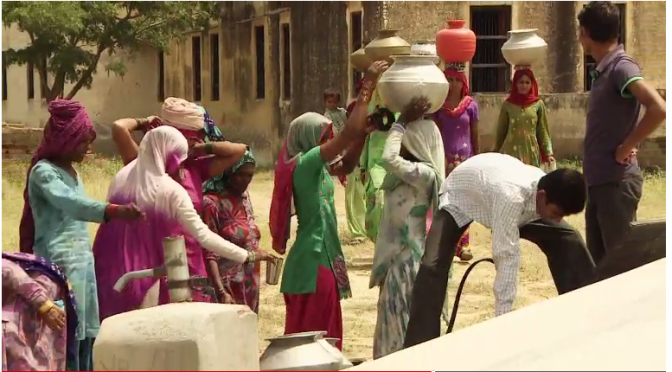
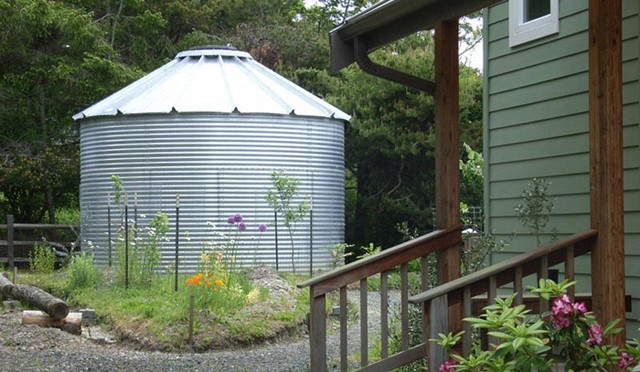
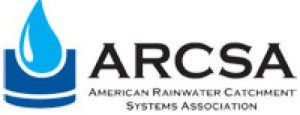 The mission of The American Rainwater Catchment Systems Association is to promote sustainable rainwater harvesting practices to help solve potable, non-potable, stormwater and energy challenges throughout the world.
The mission of The American Rainwater Catchment Systems Association is to promote sustainable rainwater harvesting practices to help solve potable, non-potable, stormwater and energy challenges throughout the world.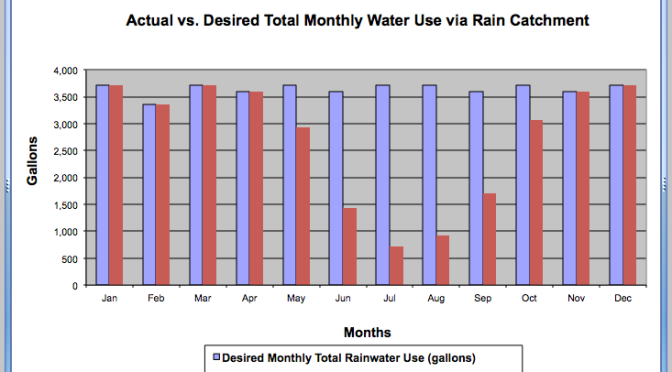
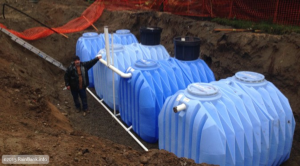 Just like rural homeowners, urban households can benefit from rainwater collection. Unlike rural homes, most city homes have less space available for storage. Slim line water tanks and underground storage options allow those who live in an urban environment to collect, store, and use rainwater for a number of purposes.
Just like rural homeowners, urban households can benefit from rainwater collection. Unlike rural homes, most city homes have less space available for storage. Slim line water tanks and underground storage options allow those who live in an urban environment to collect, store, and use rainwater for a number of purposes.